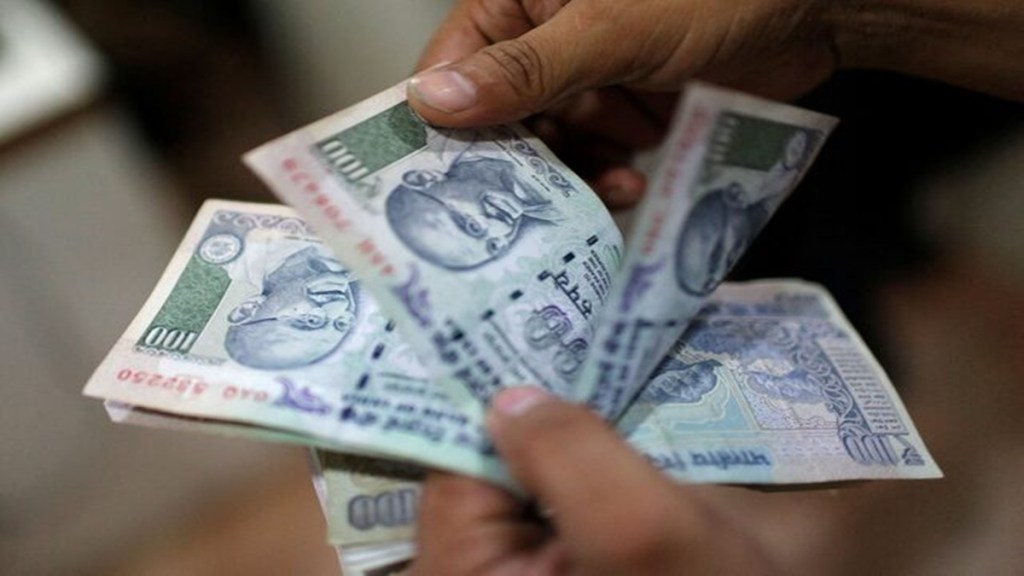Credit growth for banks and Non-Banking Financial Companies (NBFCs) is expected to slow in the current fiscal due to a series of regulatory measures and tighter funding conditions, according to rating agency Icra. Banks’ credit growth is projected to decline to 12%, amounting to Rs 19-20.5 lakh crore, down from 16% in FY2024. However, the assets under management (AUM) growth for NBFCs is expected to drop sharply to 16-18% this fiscal year, compared to 25% in FY2024.
The high credit growth during the last two years in the retail segment, across the lenders, has potentially resulted in over-leveraging in some asset segments, and a slower credit growth can impair the refinancing ability of some of these borrowers, as the lenders become risk averse.
“The regulatory measures to slow down bank credit growth will be crucial for banks to cut their deposit rates, once the rate cut cycle starts,” Anil Gupta, senior vice president & co-group head – financial sector ratings, ICRA. “This will especially be important for maintaining the margins, as the cut in policy rates expected in H1 CY2025 will exert a downward pressure on lending rates,” he said.
Banks may not reduce deposit rates immediately following a repo rate cut, as they will aim to bolster retail and small deposits to offset the impact on their Liquidity Coverage Ratio (LCR).
“Today, what we are seeing is stress, which is present in the unsecured segment. We have to see whether this stress spills over to the secured assets segment where the borrower may be similar, so let us say, tractor, used passenger vehicles micro-LAP (loan against property), apart from the credit cards and unsecured loans,” said Gupta.
The share of the retail segment and the NBFCs in the incremental credit flow of banks declined to 42.9% in the 12 months ending August 2024 from 48.9% for the corresponding period of the previous year, driven by the slower flow of credit to the NBFCs. As a sizeable portion of bank credit flow to the NBFCs is towards on-lending to the retail segments, overall credit to the retail segment may slow down in the next 12-18 months. While the demand for retail credit remains strong, the regulatory nudge to prevent overheating in certain segments in the retail space is the key factor driving slower growth. NBFC’s cost of funds is expected to remain elevated, considering the high dependence on bank credit.
“As bank funds constitute a larger share in the overall funding of NBFCs, a slower credit flow from banks to the NBFCs will also compress their AUM growth. The NBFCs in unsecured and digital lending businesses shall face a higher squeeze in funding compared to others,” said A M Karthik, senior vice president & co-group head – financial sector ratings, ICRA.
Amid concerns on overleveraging, ICRA expects the AUM growth in microfinance loans and unsecured loans by the NBFCs to moderate to 10-12% and 19-21%, respectively, in FY2025 compared to 30% and 38%, respectively, in FY2024.

